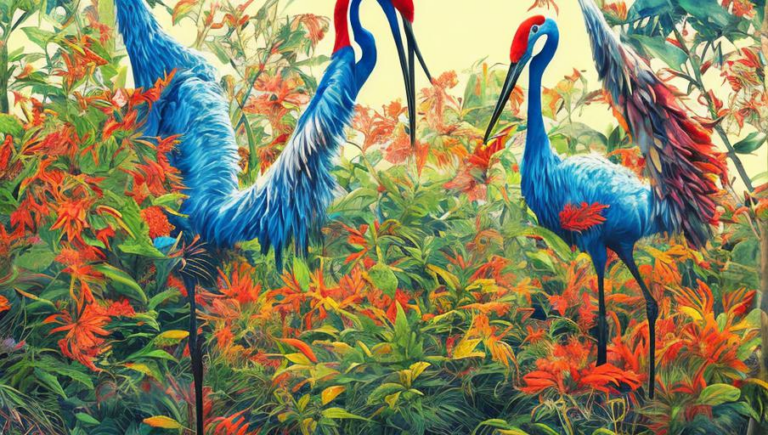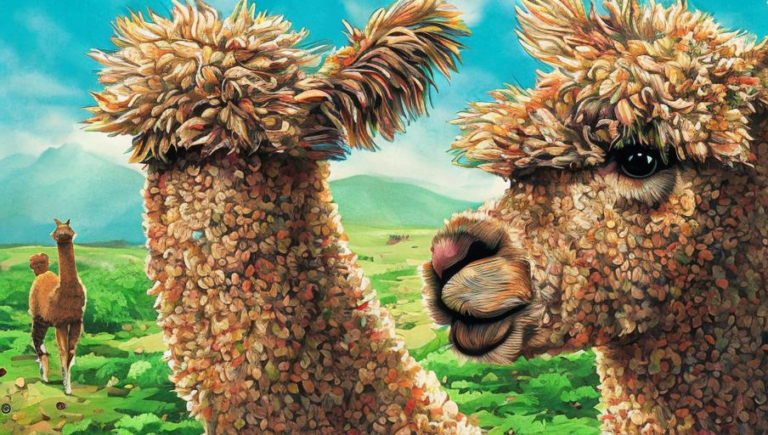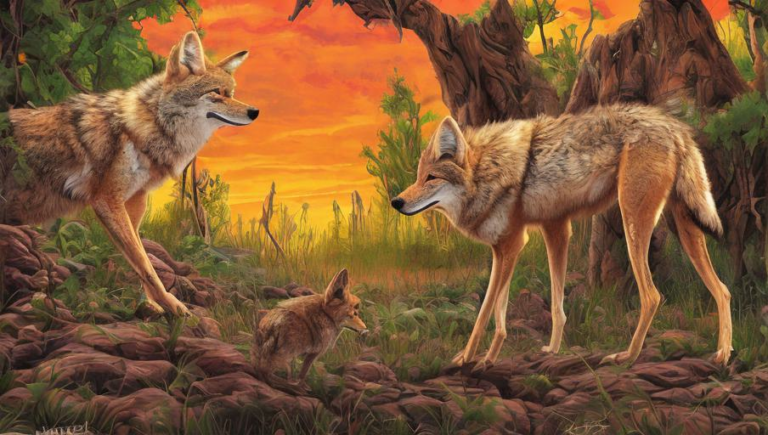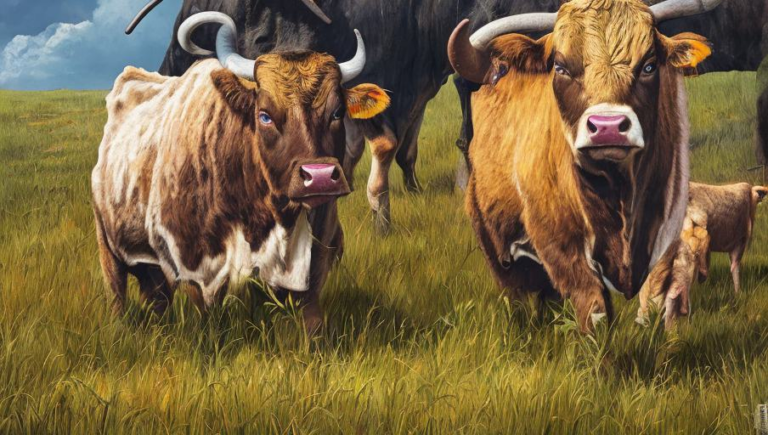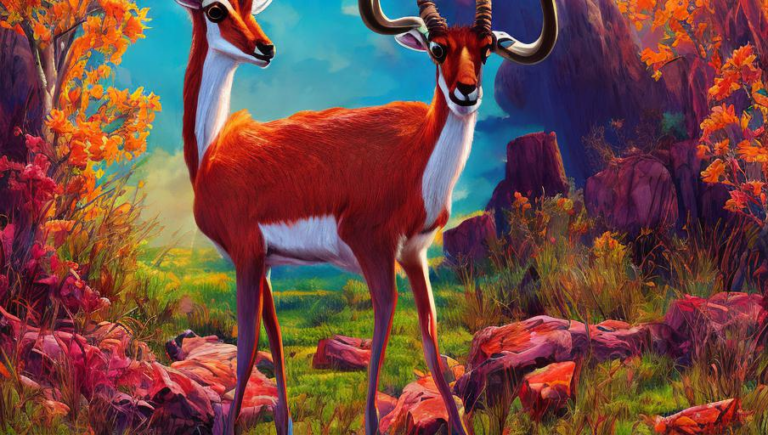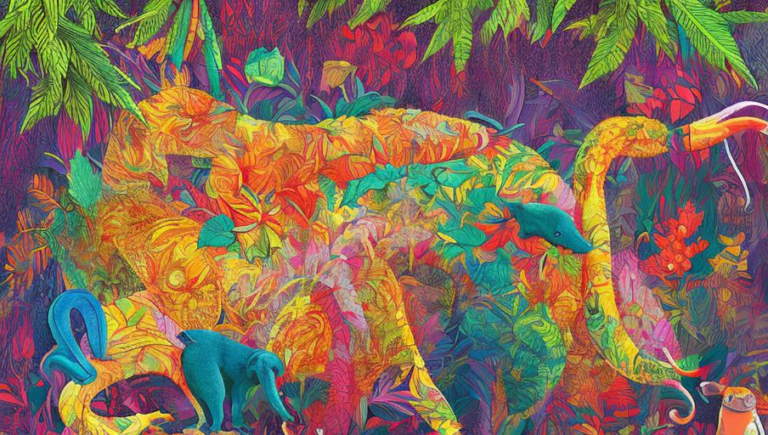Vital Predators of Caterpillars
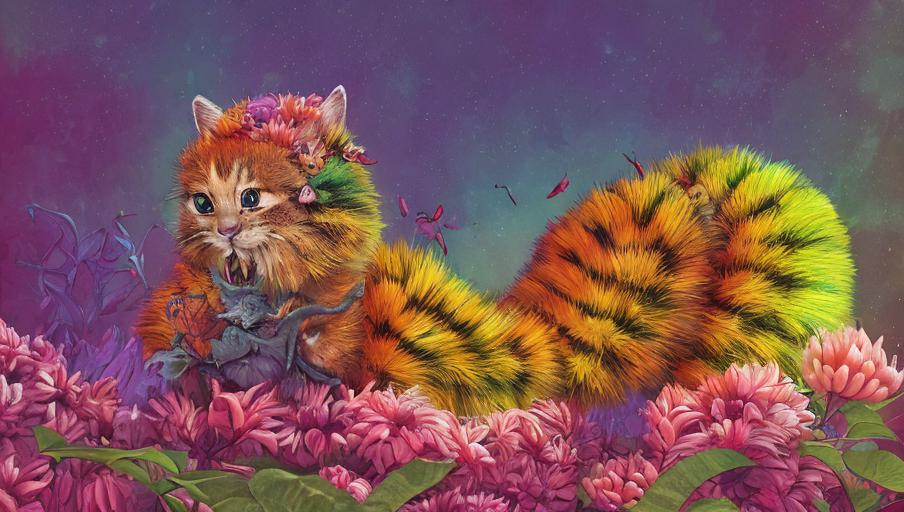
Introduction
Caterpillars are the immature stage of moths and butterflies, and they play an important role in the food chain. They are one of the primary sources of food for many predators, including birds, reptiles, and even some species of mammals. In this article, we will explore the vital predators of caterpillars and how they help keep the population of these insects in balance.
Birds
Birds form one of the most important groups of predators of caterpillars. Birds of all sizes, from hummingbirds to large raptors, feed on caterpillars. They primarily feed on the larvae of moths and butterflies, but some may also take adult moths and butterflies if they are abundant. The populations of some species of birds, such as the cuckoo, are dependent on the availability of caterpillars.
Reptiles
Reptiles such as lizards, skinks, and snakes also feed on caterpillars. Some species, such as the collared lizard, are specialized predators of caterpillars, while others, such as the rattlesnake, may feed on a variety of other insects and even small mammals. The diet of reptiles varies greatly, but caterpillars are a common food source for many species.
Mammals
Mammals such as shrews, hedgehogs, and even some species of bats feed on caterpillars. Depending on the species, these mammals may feed on both the larvae and adults of moths and butterflies. These mammals have an important role in controlling the population of caterpillars, as they are able to eat large numbers of them in a short period of time.
Insects
Insects such as wasps, ants, and beetles also feed on caterpillars. These predators are often much smaller than their mammalian counterparts, but they can still consume large numbers of caterpillars in a short period of time. Some species of parasitic wasps spend their entire life cycle in the caterpillar, while other species of wasps may lay eggs on the caterpillar’s body, which then hatch into larvae that feed on the caterpillar from the inside out.
Parasitic Fungi
Parasitic fungi are another important group of predators of caterpillars. These fungi produce toxins that can kill or paralyze the caterpillar and then grow on the caterpillar’s body. The fungi then release spores that can infect other caterpillars, helping to keep the population of these insects in check.
Conclusion
Caterpillars are an important part of the food chain and they serve as a major food source for a variety of predators. Birds, reptiles, mammals, insects, and even parasitic fungi all feed on these insects, helping to keep their populations in balance. Understanding the vital predators of caterpillars is an important part of understanding the ecosystem and how it works.
